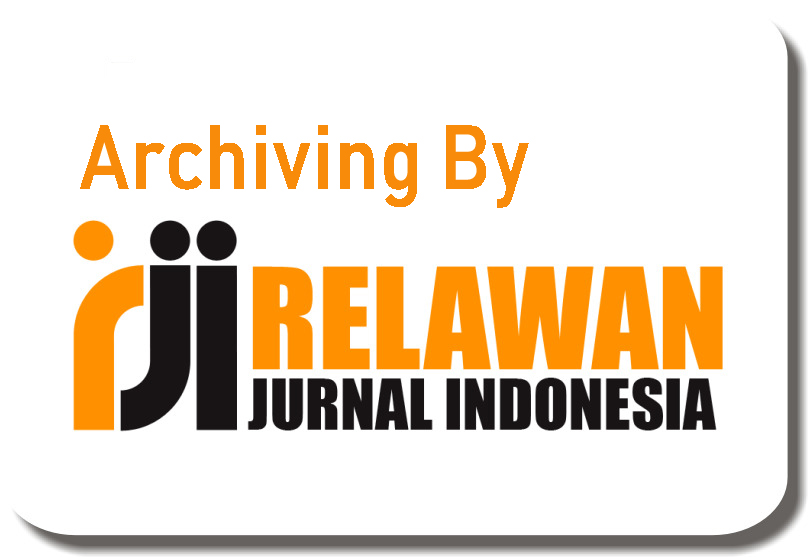YouTube as Learning Medium for Promoting EFL Students’ Reading Habit and Motivation
Abstract
Keywords
Full Text:
PDFReferences
Arndt, H. L. (2018). Vocabulary learning from watching YouTube videos and reading blog posts. 22(3), 124–142.
Behjat, F., Yamini, M., & Bagheri, M. S. (2012). Blended Learning: A Ubiquitous Learning Environment for Reading Comprehension. International Journal of English Linguistics. https://doi.org/10.5539/ijel.v2n1p97
Bonk, C. J., & J, B. C. (2008). Youtube Anchors and Enders: The Use of Shared Online Video Content as a Macrocontext for Learning. Youtube Anchors and Enders : The Use of Shared Online Video Content as a Macrocontext for Learning.
Cresswell, J. W. (2008). Qualitative Procedures. Research Design: Qualitative, Quantitative, and Mixed Methods Approaches.
Delello, J. A., McWhorter, R. R., & Camp, K. M. (2015). Using social media as a tool for learning: A multi-disciplinary study. International Journal on E-Learning: Corporate, Government, Healthcare, and Higher Education.
Gök, T. (2015). the Positive and Negative Effects of Digital Technologies on Students’ Learning. International Conference on Education in Mathematics, Science & Technology (ICEMST), April 23-26, 2015 Antalya, Turkey.
Hwang, G. J., & Wu, P. H. (2014). Applications, impacts and trends of mobile technology-enhanced learning: A review of 2008-2012 publications in selected SSCI journals. International Journal of Mobile Learning and Organisation. https://doi.org/10.1504/IJMLO.2014.062346
Hwang, G. J., Wu, P. H., Chen, C. C., & Tu, N. T. (2016). Effects of an augmented reality-based educational game on students’ learning achievements and attitudes in real-world observations. Interactive Learning Environments. https://doi.org/10.1080/10494820.2015.1057747
Liu, Z. (2005). Reading behavior in the digital environment: Changes in reading behavior over the past ten years. Journal of Documentation, 61(6), 700–712. https://doi.org/10.1108/00220410510632040
Olasina, G. (2017). An evaluation of educational values of YouTube videos for academic writing. The African Journal of Information Systems.
Popovici, A., & Mironov, C. (2015). Students’ Perception on Using eLearning Technologies. Procedia - Social and Behavioral Sciences, 180(November 2014), 1514–1519. https://doi.org/10.1016/j.sbspro.2015.02.300
Sherer, P., & Shea, T. (2011). Using Online Video to Support Student Learning and Engagement. College Teaching. https://doi.org/10.1080/87567555.2010.511313
Sokolova, K., & Kefi, H. (2020). Instagram and YouTube bloggers promote it, why should I buy? How credibility and parasocial interaction influence purchase intentions. Journal of Retailing and Consumer Services. https://doi.org/10.1016/j.jretconser.2019.01.011
van der Westhuizen, G. J. (2012). Reading comprehension interaction - a conversation analysis perspective. Southern African Linguistics and Applied Language Studies. https://doi.org/10.2989/16073614.2012.739330
Watkins, J., & Wilkins, M. (2011). Using YouTube in the EFL Classroom. Language Education in Asia, 2(1), 113–119. https://doi.org/10.5746/leia/11/v2/i1/a09/watkins_wilkins
Zou, B., & Yan, X. (2014). Chinese Students’ Perceptions of Using Mobile Devices for English Learning. International Journal of Computer-Assisted Language Learning and Teaching, 4(3), 20–33. https://doi.org/10.4018/ijcallt.2014070102
DOI: https://doi.org/10.31004/jele.v7i1.184
Refbacks
- There are currently no refbacks.
Copyright (c) 2022 Adimawati Helingo

This work is licensed under a Creative Commons Attribution-ShareAlike 4.0 International License.



